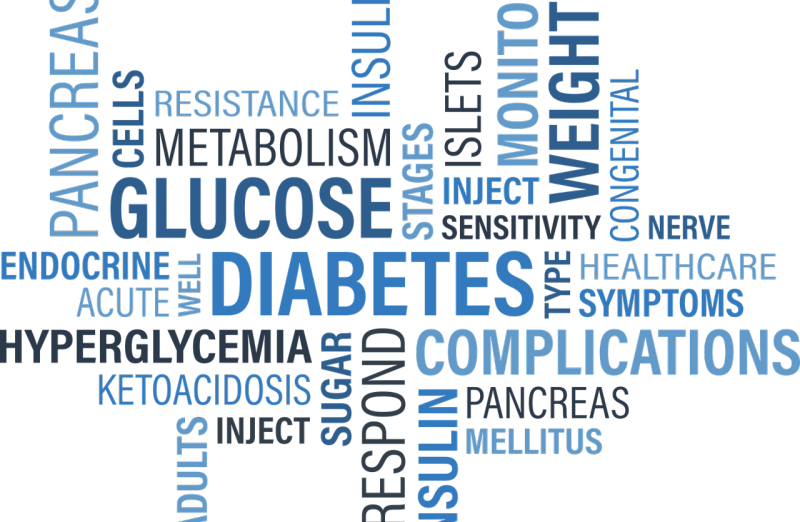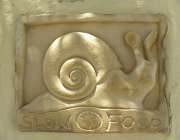- Email: info@yournutrition.site
- Home
- Living well
- Services
-
Recipes
- Recipes overview
- Large nutrition filter
- Breakfast
-
Lunch
- Spiced lentil soup
- Curried butternut squash and peanut butt
- Hearty leek and potato soup
- One pot spanish rice and bean soup
- Roasted veg filled herb egg rolls
- Spanish tortilla
- Vine tomato soup
- Chickpea and chorizo soup
- Pumpkin, sweet potato and ginger soup
- Minestrone soup
- Hot plum and fennel salad
- Chickpea and spinach curry
- Pink scottish salad
- Potato, pea and mint tortilla
- How to make your own kimchi
- Skirlie ball recipe
- Spiced carrot & lentil soup
- Poached eggs with grilled vegetables on
-
Dinner
- Hearty root veg curry
- Tarka dal
- Batch cooked beef stew
- Batch cooked chicken biryani
- Spiced pilau rice
- Pesto risotto with caramelised onions
- Mexican style sweet potato gratin
- Idiyappam
- Pumpkin risotto
- Jamaican black bean stew
- Balsamic roasted beetroot
- Easy peasy pizza
- Carrot and celeriac gratin
- Leek and potato cake
- Kale pesto
- Macaroni cheese
- Joe's healthier chilli
- Chicken jalfrezi
- Snacks
- Desserts
- Special diets
- Learn to cook
- Testimonials
- About
-
News
- News overview
- Nbite
- Nutrition News
- Site News
-
General News
- Coming soon
- Local News
-
Promotions
- Coming soon
-
Competitions
- Coming soon
- Links
- Contact
-
Living well
- Home
- Living well
- Health conditions
- Diabetes
Diabetes
- May 12, 2016
- Joe Jones
- 767 words, Reading time around 4 minutes
- Living well
-
Health conditions
Home & Business
sugar weight loss food nutrition processed review
Diabetes

Pin prick blood test
What is diabetes?
Diabetes Mellitus is a common condition which causes an elevation of sugar (Glucose) levels in the blood. Around 3.5 million people have been diagnosed with the condition in the UK, and it's believed a further estimated 850,000 or more are living with the condition undiagnosed. It is the leading cause of adult blindness and amputation and is a major cause or renal failure, heart attacks and strokes.
Normally, the body controls the level of glucose in the blood by producing a hormone in the pancreas called insulin, glucose from dietary carbohydrate and the liver is allowed into the cells by insulin to then be broken down into energy. However, when this normal body system doesn't work correctly or begins to work less well, it is known as diabetes.
Two types of diabetes
There are two main types of diabetes: Type 1 and Type 2. Of the diagnosed cases, 10% have type 1, which is most common in the under 35 age group with onset and symptoms usually showing and developing rapidly during childhood or puberty. 90% of cases have type 2, which is most common in the white over 35's and South Asian over 25's populations, with onset and symptoms developing gradually.
However, an increasing number of children are now being diagnosed with type 2 diabetes.
The two types of diabetes

Diabetes word block
Type 1 diabetes
In type 1 diabetes, no insulin is produced at all, this is because the bodies immune cells have destroyed the cells that produce insulin in the pancreas. At present, the reason this happens in some people and not others is still not fully understood. Type 1 diabetes can be successfully treated with insulin administration either through an injection or pump, as well as by eating a healthy balanced diet and taking part in regular physical activity.
Type 2 diabetes
Type 2 diabetes can develop when, over a long period of time there has been a regular high intake of sugar (glucose), as the insulin receptors are constantly being stimulated to produce insulin, the receptors begin to become less sensitive, so work less effectively. This means less glucose is removed from the blood, leaving levels elevated
Type 2 diabetes can be treated and managed with a change in lifestyle to a healthier diet and an increase in physical activity. Medication and/or insulin injections are often given on first diagnoses in order to reduce blood sugar levels.
Food and diabetes

Wholegrain sandwich
Many people think that if someone is diabetic they need to be on a special diet, can only eat certain things and can't eat sugar at all. The reality is, a diabetic diet is no different to the healthy, balanced diet we should all be enjoying. Whether diabetic or not, the important thing for our bodies and the way we feel, is to try to eat in a more healthy way by choosing less processed and more natural whole foods and leaving longer time between meals. this will not only help to maintain a healthier weight, but also help the body reduce inulin sensitivity. Thereby keeping our blood sugar levels as steady as possible.
Below are some good dietary changes we can make to help us all with this:
- Eat less processed foods and reduce snacking and grazing throughout the day
- Eat plenty of vegetables and fruit, at least 5 (80g) portions a day
- Be aware of portion sizes, use smaller plates and take time to enjoy the food
- Swap refined starchy carbohydrates for natural whole grain varieties which have more fibre and release sugars more gradually
- Eat plenty of beans and pulses as they contain fibre and protein
- Eat fewer foods high in saturated fats, swapping for natural foods high in polyunsaturated and mono-unsaturated oils such as oily fish (mackerel, salmon or sardines)
- Use less salt in cooking and check food labels to avoid foods with high levels of salt
- Keep sugary foods as an occasional treat, try using fruit and sweet spices to sweeten things at home
- Keep hydrated, drinking 8-10 glasses of water each day. This can also include milk, tea, coffee and herbal teas
- If drinking alcohol, be aware of what and how much is being drunk. Try to keep to the recommended levels of no more than 14 units per week
Diabetic foods
Avoid buying any foods labelled as 'diabetic', they are expensive and a waste of money, these types of foods offer no special benefits to people with diabetes and often contain just as much, if not more calories and saturated fat as ordinary versions.
Further information on the condition of Type 2 diabetes can be found on our news page as well as at another great, evidence based site called Jen Reviews. Follow the link below.











